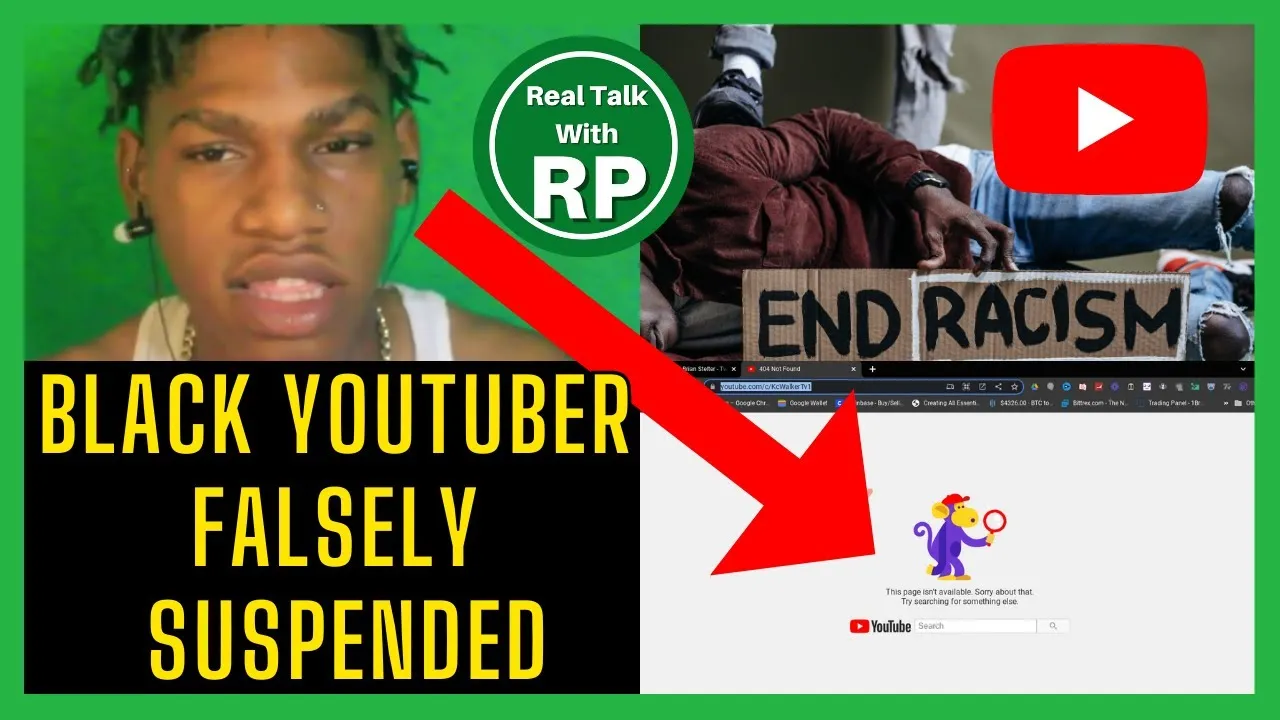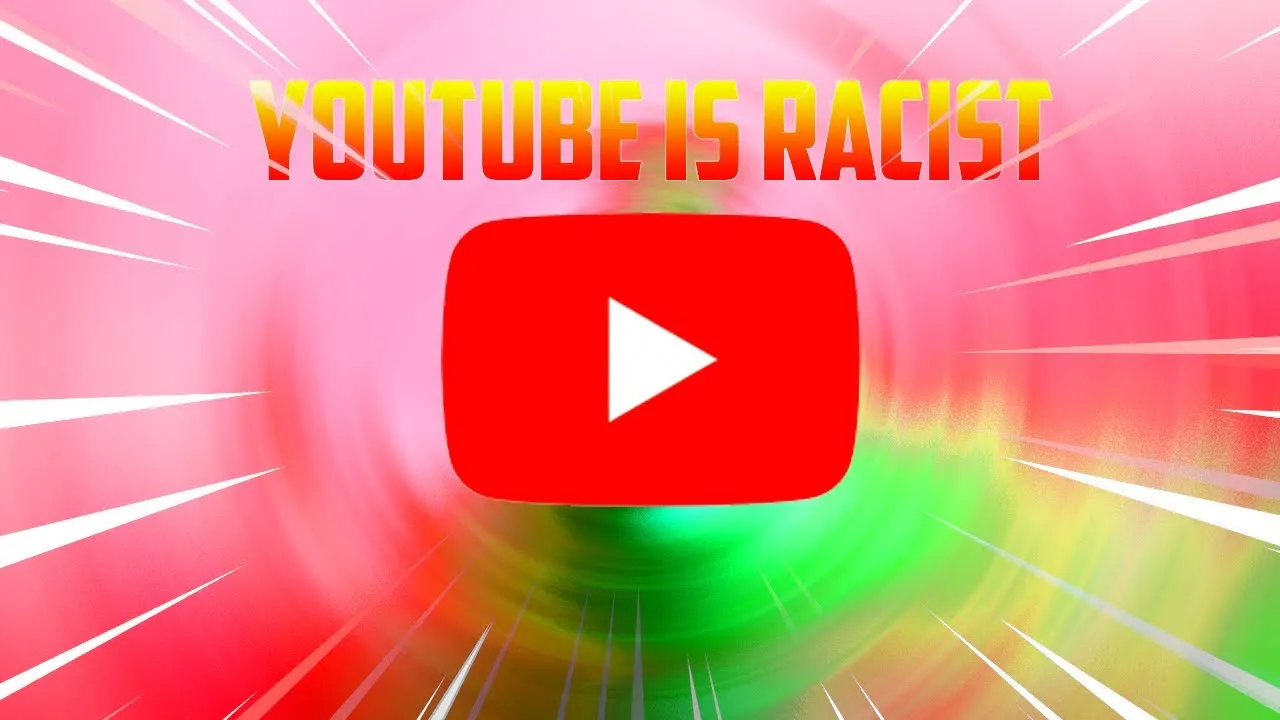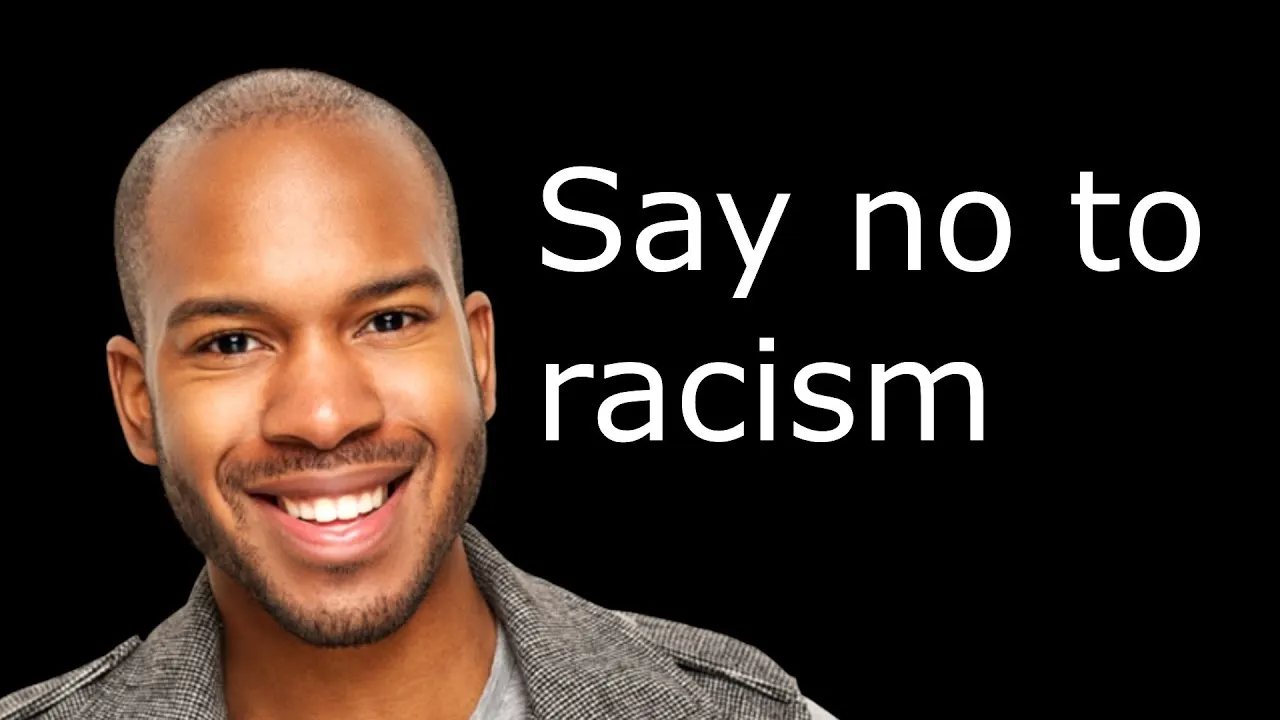YouTube has become a powerful platform for sharing ideas, creativity, and entertainment. However, alongside this freedom comes the responsibility of adhering to community standards. One of the most contentious issues revolves around the use of racial slurs. So, can you use racial slurs on YouTube? Let’s dive into the platform's content guidelines to find out what’s acceptable and what can lead to serious consequences.
Understanding YouTube's Community Guidelines

YouTube has established a set of Community Guidelines designed to foster a positive and inclusive environment. These guidelines outline the dos and don’ts for users, especially regarding hate speech and abusive content. Here’s a closer look at what these guidelines entail:
- Hate Speech Policy: YouTube prohibits hate speech, which is defined as content promoting violence or hatred against individuals or groups based on attributes such as race, ethnicity, or sexual orientation.
- Context Matters: If a racial slur is used in a historical or educational context, it might not be flagged. However, the intent behind the words is crucial. Content intended to incite hatred or ridicule will likely face repercussions.
- Reporting and Moderation: Users can report videos that they believe violate these guidelines. YouTube employs a mix of automated systems and human reviewers to assess reported content.
- Consequences for Violations: Violating YouTube's guidelines can lead to various penalties, including video removal, channel strikes, or even a permanent ban from the platform.
Ultimately, understanding and respecting these guidelines is essential for anyone looking to create or enjoy content on YouTube. Engaging in hate speech or using racial slurs not only undermines the community but can also lead to significant personal consequences.
Also Read This: Exploring the Features of the Behance App
The N-Word and Its Historical Context

The N-word is a racial slur with a deeply painful history, originating from the Latin word "niger," meaning black. This term has been used as a derogatory label for Black individuals, particularly during the era of slavery in the United States. Its usage was a way to dehumanize and oppress a whole race, embedding itself in the systemic racism that persists today.
Over the years, the N-word has evolved within various communities, especially in African American culture, where it has sometimes been reappropriated as a term of endearment or camaraderie among peers. However, it remains a contentious and polarizing term. While many Black individuals may use it among themselves, its use by non-Black individuals is generally seen as offensive and disrespectful.
Understanding this context is crucial, especially on platforms like YouTube, where the implications of language can lead to significant backlash. For instance:
- Historical Trauma: The term carries centuries of violence and discrimination.
- Contemporary Reactions: Many view its use as a continuation of that trauma.
- Community Dynamics: Within the Black community, its meaning can vary significantly.
Ultimately, the historical context of the N-word highlights why its usage is highly sensitive and often banned under content guidelines, aiming to protect marginalized voices and foster a respectful environment.
Also Read This: Customize Graduation Caps with Canva Graduation Cap Design Template
Examples of Content that Violates YouTube Policies

YouTube has strict content guidelines designed to create a safe and respectful environment for all users. Violating these policies can result in video removal, channel strikes, or even bans. Here are some notable examples of content that typically breaches these guidelines:
| Type of Violation | Description |
|---|---|
| Hate Speech | Content that promotes violence or hatred against individuals or groups based on attributes such as race, ethnicity, or sexual orientation. |
| Harassment and Bullying | Targeting individuals with malicious intent or inciting others to engage in harmful behavior toward them. |
| Graphic Violence | Content depicting extreme violence or gore, particularly if it is intended to shock or disgust viewers. |
| Sexual Content | Explicit sexual content or pornography, as well as nudity that is not educational or artistic. |
For instance, a video that uses racial slurs, especially the N-word, in a derogatory manner would likely be flagged for hate speech. Additionally, any content that glorifies hate groups or incites violence against minorities falls squarely against YouTube's guidelines. In summary, maintaining community standards is vital for YouTube, and users are encouraged to familiarize themselves with these rules to avoid penalties.
Also Read This: Key Security Features of Fortiguard Downloader
Consequences of Violating YouTube's Guidelines
When it comes to using racial slurs or any form of hate speech on YouTube, the platform takes these violations very seriously. Users who cross the line can face a range of consequences, reflecting YouTube's commitment to creating a safe and inclusive environment for all its users. Here’s a look at what can happen if someone violates these guidelines:
- Video Removal: The most immediate consequence is that the offending video can be taken down. YouTube employs advanced algorithms and a dedicated team to monitor content, and if a video is flagged for hate speech, it may be swiftly removed.
- Channel Strikes: If a user frequently violates the guidelines, they can receive channel strikes. Three strikes within 90 days can lead to a permanent ban.
- Monetization Issues: Channels that engage in hate speech may lose the ability to monetize their content, impacting creators who rely on ad revenue.
- Suspension or Termination: In severe cases, the platform may suspend or completely terminate a user’s account. This means losing access to all uploaded content and followers.
- Legal Repercussions: Depending on the severity and context, using racial slurs can also lead to legal action, especially if it incites violence or poses a threat to individuals or communities.
In short, YouTube’s content guidelines are in place to promote respect and equality, and the consequences of violating these guidelines can be significant and far-reaching.
Also Read This: How to Connect with Alumni on LinkedIn for Effective Networking
Community Reactions and Discussions
The conversation surrounding the use of racial slurs on YouTube is lively and multifaceted. Community reactions often range from outrage to support, showing just how passionate users feel about this issue. Here are some insights into the ongoing discussions:
- Advocacy for Stronger Policies: Many users advocate for stricter enforcement of YouTube’s content guidelines. They argue that the platform needs to adopt a zero-tolerance policy towards hate speech to protect marginalized communities.
- Content Creator Accountability: Creators themselves are often called to account for their language and behavior. Communities push for transparency, demanding that influencers take responsibility for the impact of their words.
- Support for Censorship: Some users believe that censoring hate speech is necessary to ensure a positive environment. They argue that YouTube should take a firm stance against any language that could harm others.
- Debates on Free Speech: Conversely, there are ongoing debates about free speech and censorship. Some users feel that banning racial slurs infringes on their rights to express themselves, leading to heated discussions about where to draw the line.
Ultimately, the dialogue around racial slurs on YouTube encapsulates broader societal issues, mirroring the complexity of navigating free speech in a digital age where inclusivity is paramount. As the community continues to engage, it’s clear that the conversation is far from over.
Can You Use Racial Slurs on YouTube and What Are the Platform's Content Guidelines
YouTube is one of the largest video-sharing platforms globally, with millions of content creators and viewers. However, with such a vast audience comes the responsibility of adhering to specific community standards and guidelines. One of the most critical aspects of these guidelines is the prohibition of hate speech, including the use of racial slurs.
YouTube’s Community Guidelines explicitly state that hate speech is not tolerated. The platform defines hate speech as content that promotes violence or hatred against individuals or groups based on attributes such as race, ethnicity, and nationality. Using racial slurs falls squarely within this definition, and creators who use such language can face various consequences.
Consequences of Using Racial Slurs on YouTube
When creators violate these guidelines, they may face:
- Content Removal: Videos containing hate speech can be removed by YouTube.
- Channel Strikes: Violations may lead to strikes on the creator’s channel, with three strikes resulting in channel termination.
- Monetization Issues: Channels that engage in hate speech may lose their ability to monetize content.
- Account Suspension: Repeat offenders may have their accounts suspended or permanently banned.
How YouTube Enforces Guidelines
YouTube employs a combination of automated systems and human reviewers to monitor content. Users can also report videos that they believe violate the guidelines, leading to further investigation.
In conclusion, using racial slurs on YouTube is a clear violation of the platform's content guidelines, which aim to foster a respectful and inclusive environment. Creators should be aware that such language can lead to severe repercussions, including content removal and account termination.